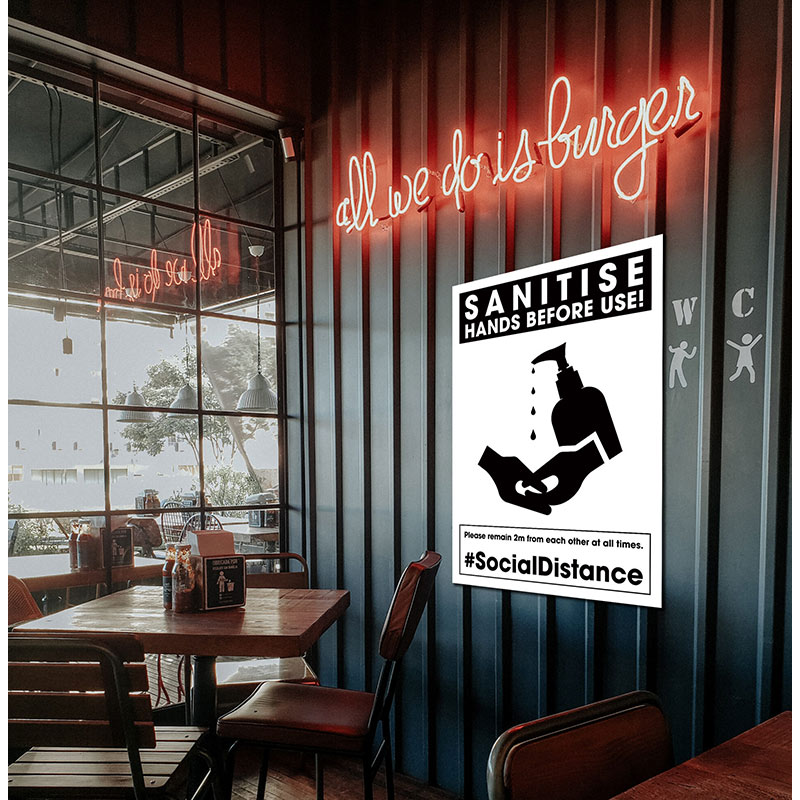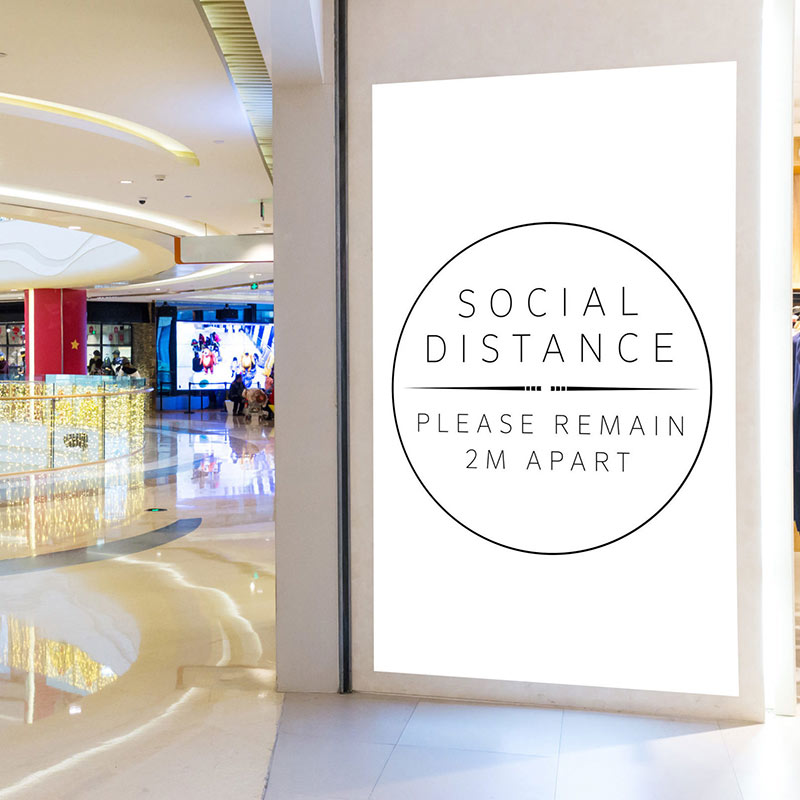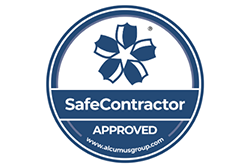The new-look high street – and how savvy interior design is central to success
With the high street’s ‘non-essential’ stores, hairdressers and bars now fully back open for business, retailers across the UK are eagerly anticipating the influx of customers looking to embrace ‘the new normal’.
When footfall does return to town centres, the key to success will be evidencing Coronavirus-combatting credentials to passers-by – and having strict rules in place to protect staff and customers. So, when we do venture back into our favourite retail outlet, what changes can we expect to see?
As outlets up-and-down the country look to recoup some of the lost revenue of previous months, the question remains as to whether they will receive the same level of demand – or if consumers will simply continue to purchase non-essential goods online.



For those shoppers venturing onto the high street, now more than ever it’s important to remember that first impressions count – and can be made in less than seven seconds. Fail to deliver the right initial impact and potential buyers could easily walk right past your doorstep.
Naturally, consumers will be ultra-aware of meeting ‘oncoming traffic’ in along the aisles – or the proximity of others within the changing rooms – as well as wondering who has touched what. But taking extra time to develop sensible signage, décor, and store layouts will pay dividends in increasing footfall.
While the investment in a new approach to shopper experience needs to match the potential return, the clever layout of stock and a subtle one-way system can help to control the flow of people – without breaking the bank.
It’s worth noting, however, that ‘non-essential’ purchases demand a flawless customer journey – particularly at a time where people are not only cautious with their capital, but also understandably concerned about the health risks associated with stepping outside of their own four walls.
A seamless (and safe) shopping experience
The first hurdle is inevitably going to be drawing the eye of passers-by, so remember that people will naturally be drawn to visually appealing window displays – during both the day and night.
In place of the eye-catching ‘sale’ signage we’re used to seeing adorning the shopfront, window graphics or illuminated signage should be deployed to advertise the fact that a store is open for business – as well as to communicate any safety instructions to people prior to entering the building.
This reassurance that a ‘security’ measure is in place is likely to be the first-step towards customers making an initial journey through the door. Remember, as a nation, we’ve had enough time to prepare for the reopening, so an off-the-shelf option simply won’t cut it – make sure any infographics match your brand identity perfectly.
Once inside, the next challenge for retailers to overcome is the sense that anything within the store could be covered in bacteria. While it’s impossible to prevent shoppers from picking up – and putting back – items, sanitation stations at key points will help to ensure employees, visitors, and customers remain safe and reassured.
High-end retailers might also provide something as simple as branded PPE – such as a facemask and gloves – to those who walk through the door, or go on to engage with a staff member. Small touches will instil much-needed confidence and show that you truly value the customer’s experience – and health.
A day on the high street often meant a break for food or drink, and until recently we didn’t give much thought to sitting down at a table moments after it had been vacated. Now though, patrons will be waiting for a deep clean to be completed…
As businesses across the globe adapted their offerings to include delivery and take-out options, the prospect of having to dramatically reduce the number of seated ‘covers’ when reopening will prove a challenge for many.
Tables must be a safe distance apart and can only seat a limited number of people from different households. Expect to see fixed furniture, anti-bacterial coverings and ‘keep your distance’ stickers as standard, to reaffirm the management’s commitment to safety.
Elsewhere, while gyms and health centres have long encouraged users to sanitise equipment after use – they remain one of the last sectors to reopen. Layouts must be revisited to try and separate clients as much as possible.
Whatever area you’re operating in, there is significant importance in showing empathy, adaptability and a willingness to do what it takes to make clients feel safe. A stress-free experience, from start to finish, will likely make all the difference – particularly if there is cause for a return visit.
Leach continue to support the retail sector with social distancing, hygiene and safety solutions to ensure a quick, safe and strong bounce-back for all businesses.








